The Portable X-Ray Device Market is currently characterized by a dynamic competitive landscape, driven by technological advancements and an increasing demand for point-of-care diagnostics. Major players such as GE Healthcare (US), Siemens Healthineers (DE), and Philips Healthcare (NL) are at the forefront, each adopting distinct strategies to enhance their market positioning. GE Healthcare (US) emphasizes innovation through the development of advanced imaging technologies, while Siemens Healthineers (DE) focuses on strategic partnerships to expand its product offerings. Philips Healthcare (NL) is actively pursuing digital transformation initiatives, integrating AI capabilities into its portable x-ray solutions, thereby enhancing diagnostic accuracy and operational efficiency. Collectively, these strategies contribute to a competitive environment that is increasingly centered around technological innovation and customer-centric solutions.
In terms of business tactics, companies are localizing manufacturing to reduce costs and improve supply chain efficiency. This approach is particularly relevant in the context of the Portable X-Ray Device Market, which is moderately fragmented, with several key players vying for market share. The collective influence of these companies shapes a competitive structure that encourages innovation and responsiveness to market demands, as they seek to differentiate their offerings in a crowded marketplace.
In August 2025, Siemens Healthineers (DE) announced a strategic partnership with a leading telehealth provider to enhance remote diagnostic capabilities. This collaboration aims to integrate portable x-ray devices with telehealth platforms, allowing for real-time consultations and improved patient outcomes. The strategic importance of this move lies in its potential to expand Siemens' market reach and enhance the utility of its products in remote healthcare settings, aligning with the growing trend towards telemedicine.
In September 2025, GE Healthcare (US) launched a new portable x-ray device that incorporates AI-driven image analysis. This innovation is designed to assist healthcare professionals in making quicker and more accurate diagnoses. The introduction of this device underscores GE's commitment to leveraging cutting-edge technology to meet the evolving needs of healthcare providers, thereby reinforcing its competitive edge in the market.
In October 2025, Philips Healthcare (NL) unveiled a sustainability initiative aimed at reducing the environmental impact of its portable x-ray devices. This initiative includes the use of recyclable materials and energy-efficient manufacturing processes. The strategic significance of this move reflects a broader industry trend towards sustainability, positioning Philips as a leader in environmentally responsible healthcare solutions.
As of October 2025, the Portable X-Ray Device Market is witnessing trends that emphasize digitalization, sustainability, and the integration of artificial intelligence. Strategic alliances are increasingly shaping the competitive landscape, enabling companies to leverage complementary strengths and enhance their product offerings. Looking ahead, competitive differentiation is likely to evolve from traditional price-based competition to a focus on innovation, technological advancements, and supply chain reliability, as companies strive to meet the demands of a rapidly changing healthcare environment.


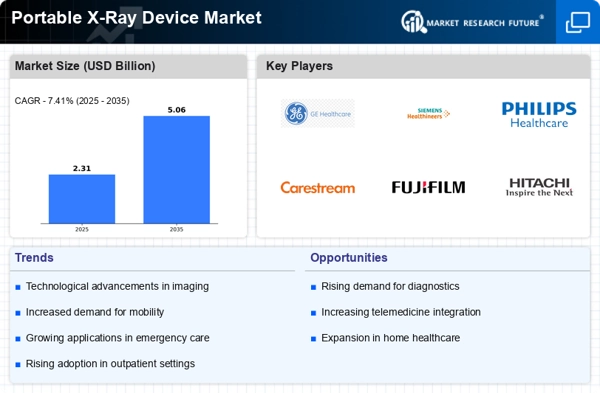
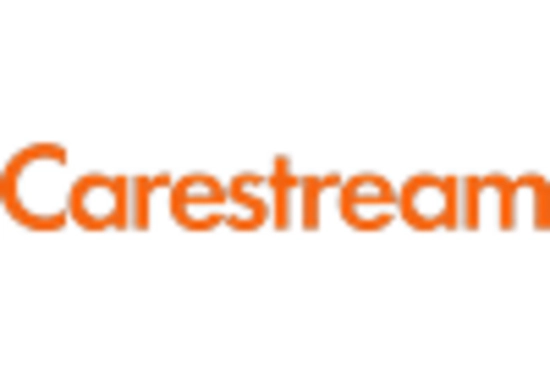
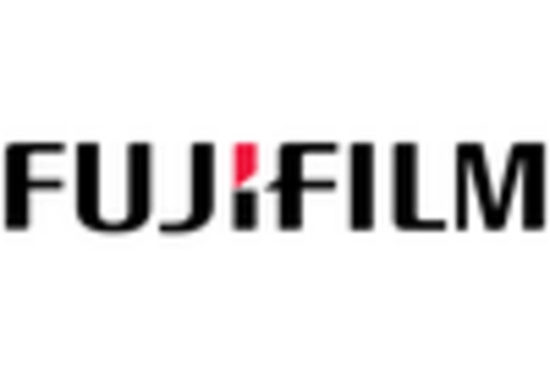

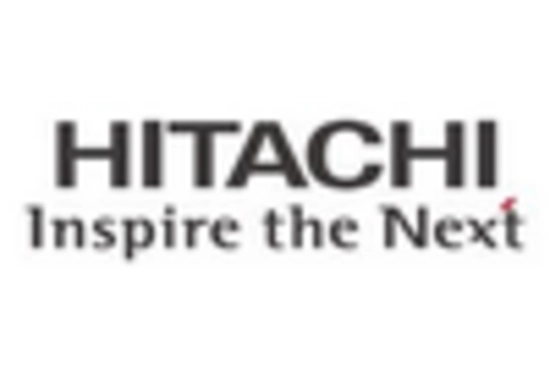
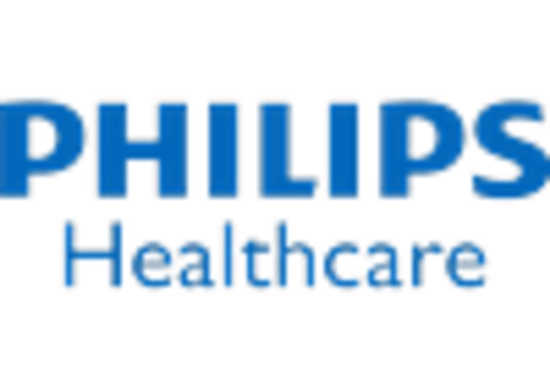









Leave a Comment